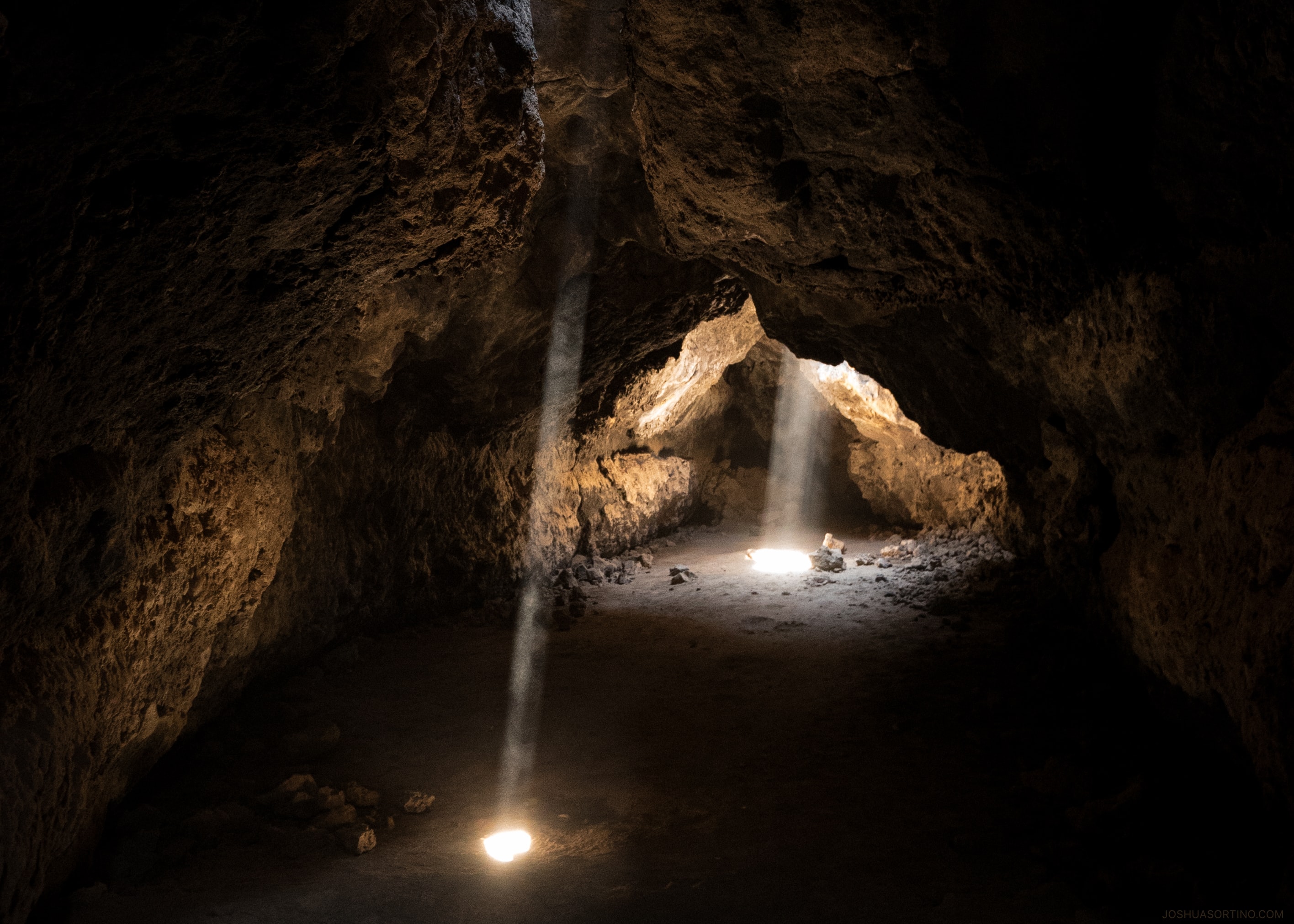Be aware of the rhythms that bind you
One of my favourite books is The Clock of the Long Now, by Stewart Brand. It’s a book about what it means to think and act responsibly over extremely long time frames.
The book is framed around the idea of a physical clock that can keep time for 10,000 years and an institution that can maintain it for as long. The clock would serve as a buffer against the ever shortening length of ‘now’:
_When I was a child, people use to talk about what would happen by the year 2000. Now, thirty years later. they still talk about what will happen by the year 2000. The future has been shrinking by one year per year for my entire life.
I think it is time for us to start a long-term project that gets people thinking past the mental barrier of the Millennium. I would like to propose a large (think Stonehenge) mechanical clock, powered by seasonal temperature changes. It ticks one a year, bongs one a century, and the cuckoo comes out every millennium. (Daniel Hills, 1993).
I have a lot to say about this idea, but this note is not about deep time or long-term responsibility. This note is about the mechanism the clock would use to remain accurate and what this tells us about similar mechanisms in our lives.
And how do you keep such a monumental clock accurate over its 10,000 year life? Here’s how:
Its works consist of an ingenious binary-digital mechanical system that has precision equal to one day in twenty thousand years, and it self-corrects by phase locking to the noon sun.

Phase locking is where a control system checks for a difference between the current state of a system and a reference state, taking some kind of action if there is a difference. In the case of the clock, the control system would check when the clock thinks noon is against when the sun thinks noon is and would correct the clock.
This, of course, is very clever. A consistent external source of truth keeps the system in line essentially forever or, in practice, until something breaks or there is an error too large to correct.
I hope that makes sense, because I’m going to bring this idea kicking and screaming into the idea of having a job. Yes, really.
One of my most persistent gripes during my former career was that evenings, weekends and holidays were never long enough for me to think the kinds of thoughts and feel the kinds of feelings that might have been available in the absence of a job.
Every weekday morning I would experience a subtle jolt. Every Monday morning I would experience a more noticeable jolt. And the day back at work from a two or three week holiday I would experience a particularly strong jolt. Indeed, that jolt was the felt sense of me being phase-locked to my job and the rhythms it wanted for me.
For the Clock of the Long Now, synchronising to the solar noon was a good thing, but in my case I felt continually dragged back into a pattern that didn’t fit. I wanted to get more out of step from this external forcing function and, in the end, the phase-lock released only when a part of the mechanism — me — broke.
Phase-locking is great when the reference signal is healthy and wanted. My circadian rhythm is now strongly phase-locked to the sun and I want it that way, so much so that I intentionally go for a walk first thing every day to synchronise my body with the morning light.
Phase locking is not great when the reference signal pulls you away from where you want to be. Bonus points if the bad reference signal is hard to notice, if you don’t know where you want to be, or if the people around you insist that the bad reference signal is good, actually.
I suspect that persistent phase locking to an inappropriate reference signal is a source of chronic stress. It may be hard to notice, but it’s there. I’m pleased to report that I’m finally allowing myself to deviate and I’m enjoying the discovery of new and more appropriate reference signals.
If anything in this note resonates, I would encourage you to gently ask yourself: what would need to change for me to feel like I fit in the rhythms of my life?